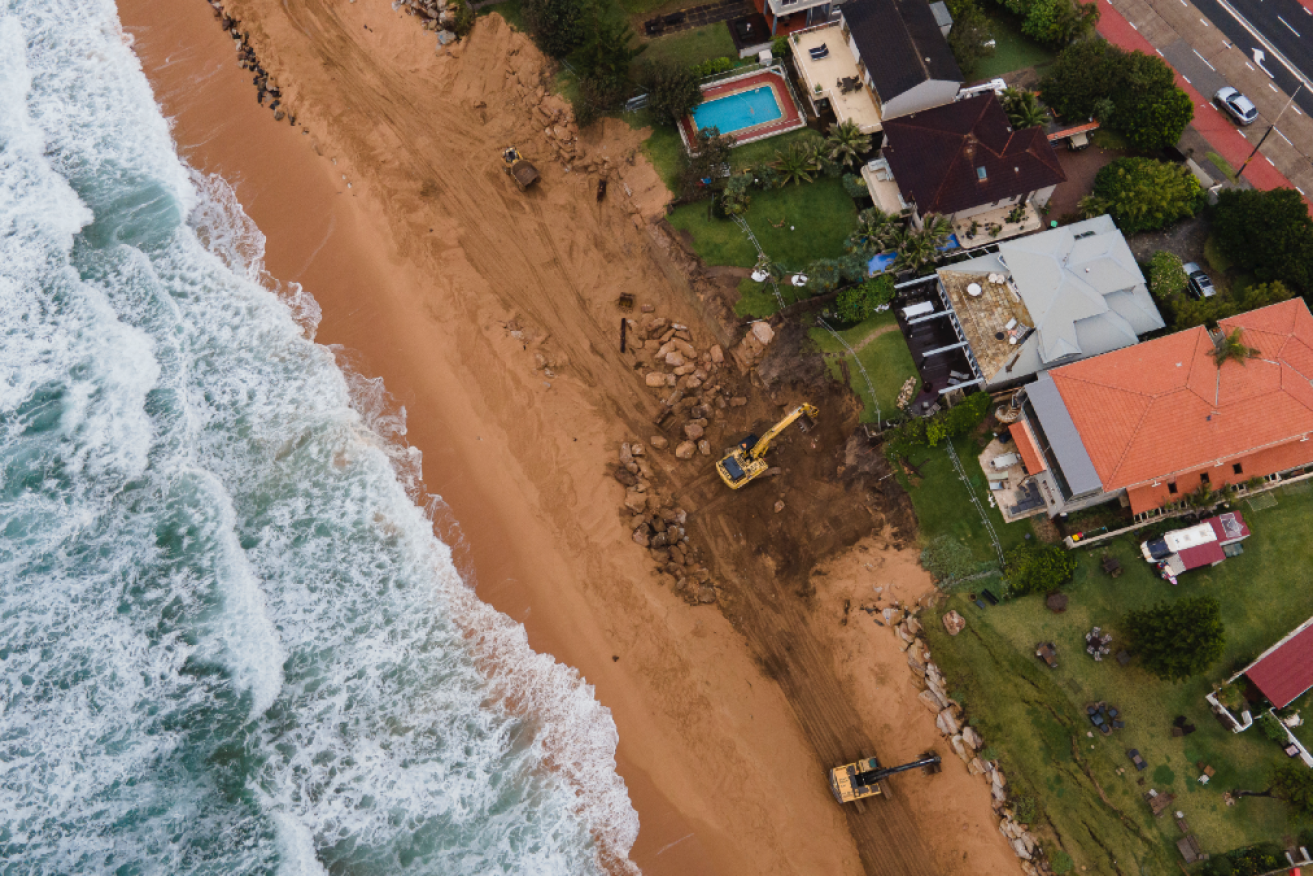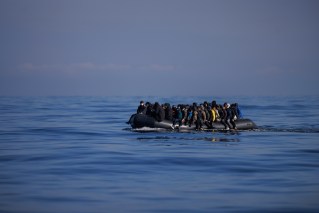Hundreds of millions of people worldwide at risk from rising sea levels


The number of people already at risk from rising sea levels is staggering. And it will keep growing. Photo: Getty
Rising sea levels have put 267 million people in danger, a groundbreaking report has revealed – and that number is only going to increase.
Climate change has caused sea levels to rise and more frequent and severe storms to occur, both of which increase the flood risk in coastal environments.
Previous estimates suggested 80 million people would be affected, but now research has revealed 267 million people are currently living less than two metres above sea level – the critical risk point.
It comes as one of the world’s most eminent climate scientists, Michael E Mann, slams the federal government for falling behind on action in climate change, saying the government has “failed to protect” Australians from the interests of the fossil fuel lobby.
Using satellite imagery the authors of the sea-level report found that 62 per cent of the most at-risk land is concentrated in the tropics, with Indonesia home to the largest extent of at-risk land worldwide.
These impacts are already apparent: The Indonesian government announced in 2019 that it would move the capital city out of Jakarta because of the flooding risk.
Rising sea levels, rising danger
With a projection of a one-metre sea-level rise, and assuming zero population growth, the authors suggest that by 2100, 410 million people worldwide may live in areas less than two metres above sea level.
These areas will be subjected to floods at least once a year, the report said.
Projections showed 72 per cent of the at-risk population in the tropics, and 59 per cent in tropical Asia alone.
The question is no longer whether sea-level rise will exceed 0.8 metres, but rather if this will happen by 2100 or beyond, and what impact it will have, the report revealed.
“Importantly for flood risk projections, [The Intergovernmental Panel on Climate Change] also states with a high level of confidence that extreme sea-level events have increased substantially in recent decades, especially in tropical regions, and predicts that events that historically occurred once per century are highly likely to occur annually by 2100,” it reads.
Fossil fuels responsible
Greenpeace released a comprehensive report tracking the impact of burning fossil fuels on the weather systems, human health and the economy on Wednesday.
“None of the world’s 15 largest-emitting nations are on track to meet an emission reduction goal that would limit warming to 1.5 degrees Celsius,” the report found.
“This includes Australia, the largest per capita emitter in the OECD, which is a global policy forum with 38 member countries including China, the United States of America, and the United Kingdom.”
Professor Mann said burning fossil fuels had created and accelerated the climate crisis, from extreme heat, epic floods, coastal inundation, and Australia’s severe bushfires.
“Groundwater supplies, so precious and scarce in a famously arid land like Australia, are being contaminated by a rapacious fossil gas industry,” Professor Mann said.
The world’s food security has been put at risk, as farmers struggle to adapt to the warming climate, he said.
The cost at hand
Like most impacts of a warming planet, the cost of the sea level rising is expensive.
In 2019 a groundbreaking report from the Climate Council found sea level rising will cost the Australian economy $200 billion each year by the end of the century.
The report’s lead author, Professor Will Steffen, warned national income would suffer huge losses if action was not taken to protect against rising sea levels.
Since the report was released Australia’s role in global warming has continued.
“You’re looking at anywhere from three-tenths of a per cent of the loss of GDP per year, all the way up to 9 per cent loss of GDP per year,” Professor Steffen said at the time.
“That upper scenario is higher than the growth rate of GDP per year, so you’re looking basically at staggering economic costs if we don’t get this under control.”
The states hit hardest are going to be Victoria, the south-east corner of Queensland and Sydney.
“If you look at a 1.1-metre sea level rise – which is the high-end scenario for 2100 but that’s what we’re tracking towards – you’re looking at more than $200 billion worth of infrastructure that’s at risk,” Professor Steffen said.







